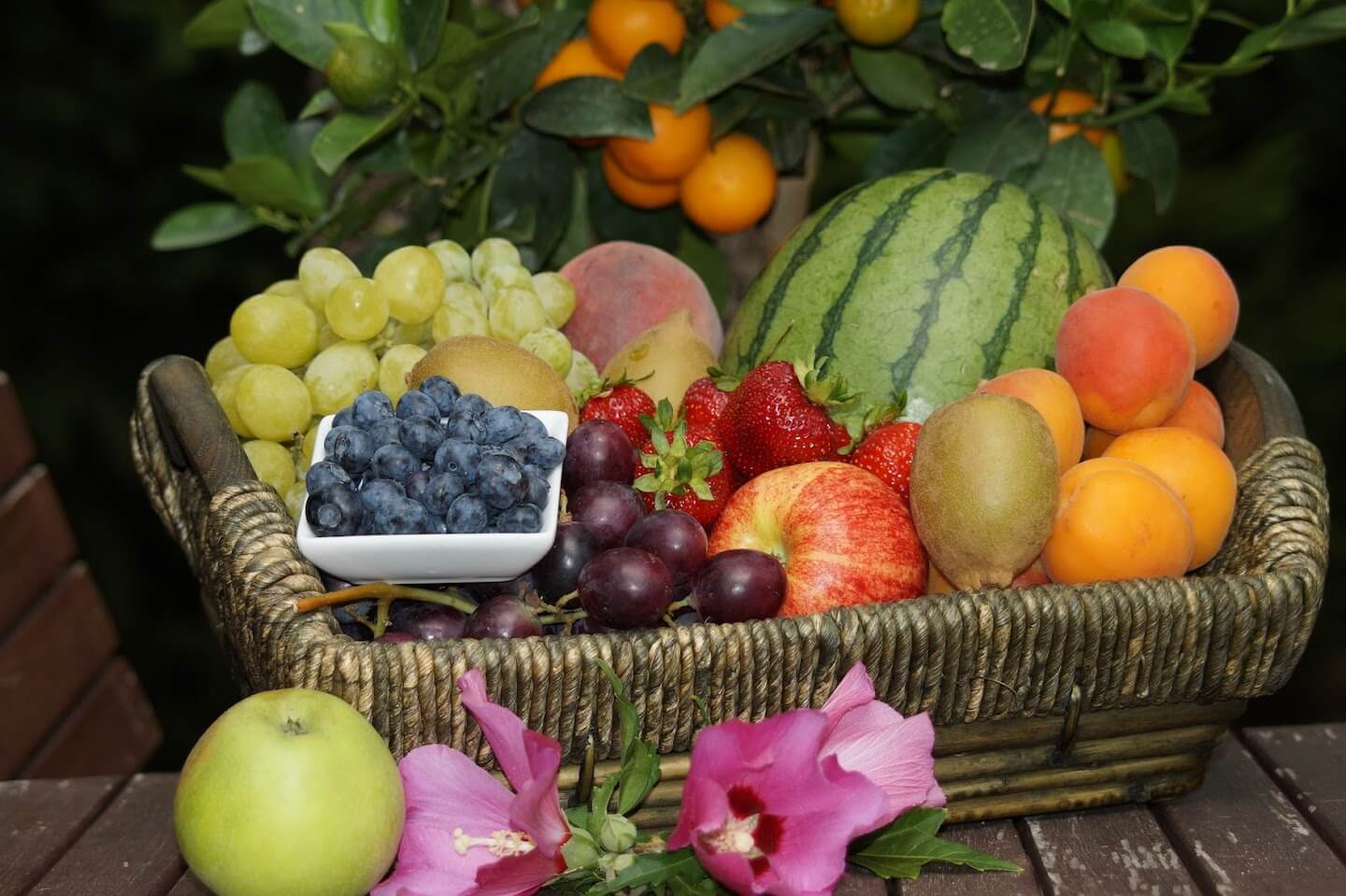Glyphosate residues in food
After the application of glyphosate-based products, glyphosate and its breakdown products are distributed throughout the plant, including leaves, seeds, and fruits. This distribution results in the presence of residues in food and animal feed, which can pose unacceptable health risks to consumers and farm animals. With the aim to safeguard human and animal health, all food items intended for consumption in the European Union are subject to maximum residue levels (MRLs). MRLs represent the highest allowable concentration of residues for an active substance legally permitted in food and feed.
The European Food Safety Authority (EFSA) is responsible for carrying out the consumers' risk assessment before the Maximum Residue Levels (MRLs) of pesticides in various food items (vegetables, fruits, tree nuts, cereals, oil, products of animal origin, tea, coffee, etc) are established. Subsequently, the European Commission and Member States determines the MRLs that will be applicable in Europe. These MRLs are set with the aim of ensuring that the "acceptable daily intake" (ADI) of substances is not surpassed. The ADI represents an estimation of the quantity of a substance present in food or drinking water that can be safely consumed daily over a lifetime, without posing significant health risks.
It is concerning that the current ADI for glyphosate is set at 0.5 mg glyphosate/kg body weight. In fact, during the previous glyphosate assessment in Europe in 2017 the ADI for glyphosate increased by 33% (from 0.3 to 0.5 mg/kg). When establishing MRLs, the ADI is considered a reference point and therefore a higher level of residues of glyphosate is now allowed in EU food. Consequently, this leads to the establishment of MRLs in some food items at unreasonably high levels that may not adequately protect consumer health. For example, the MRL for glyphosate in oat, sorghum, barley, soybeans and sunflower seeds is set at 20 milligrams per kilogram (mg/kg). For wild fungi, the MRL is set at 50 mg/kg. For grapes, the MRL is set at 0.5 mg/kg, while for most fruits and vegetables it is set at 0.1 mg/kg. Overall, NGOs have criticised authorities for setting MRLs not based on science.
According to Daniele Mandrioli, from the independent Ramazzini Institute, the first preliminary results of the most comprehensive study ever performed on pesticides show various harmful health effects from glyphosate exposure at levels currently considered safe by European standards. Glyphosate exposure at doses considered safe in Europe triggered alterations in the microbiome, impacting beneficial gut bacteria and fungi. “When disrupted, many metabolic conditions, many diseases, have been connected with these alterations,” Mandrioli said. The evidence is “solid”, he said.
The food chain is heavily involved in this type of contamination. Traces of glyphosate and its commercial products have been found in foods of animal and plant origin. Plant species are the main absorbers of this herbicide.
Resources
Articles :
Slow Food (2022) : Glyphosate Has No Place in the Future of EU Agriculture
Génération Futures (2017) : Générations Futures’ investigation: 53.3% of food samples
analysed on French market contained glyphosate residues
Greenpeace (GER) (2017) : Greenpeace-Test: 63,6 Prozent der konventionellen Weine und Säfte enthalten Glyphosat, Greenpeace test: 63.6% of conventional wines and juices contain glyphosate
Bond Better Leef Milieu (BE) (2022) : Kom op tegen Kanker et Bond Beter Leefmilieu demandent l'interdiction du glyphosate, glyphosate dans des échantillons de sang et d'urine d'enfants
Instytut Spraw Obywatelskich (PL) (2O21) : Sarrasin avec ou sans glyphosate ? – nouveau rapport consommateur
Instytut Spraw Obywatelskich (PL) (2O22) : Glyphosate - qu'en sait-on ? Contamination alimentaire par le glyphosate
Friends of the Earth Germany (GER) (2013) : Glyphosate weed killer detected in the urine of city dwellers in 18 European countries
Enkeltauglich.bio (GER) and Munich Environmental Institute (2019) : Urinale, Citizen Science Study Urinals , urine of over 2,000 people tested
Ökotest (GER) (2021) : Kichererbsen-Test: In einigen ist Glyphosat ein Problem, Chickpea test: in some, glyphosate is a problem
Ökotest (GER) (2021) : Spaghetti-Test: Glyphosat in mehr als der Hälfte der Produkte, Spaghetti test: glyphosate in more than half of the products
Ökotest (GER) (2022) : Fusilli-Test: Labor stößt auf Mineralöl und Glyphosat, Fusilli test: laboratory finds mineral oil and glyphosate
Safe.food Matters (2022): PMRA’S PROPOSAL TO INCREASE GLYPHOSATE IN LEGUMES IS NOT CONSISTENT WITH SCIENCE OR THE LAW
PAN Europe (2023): The arguments to ban glyphosate pile up
Scientific research papers
Soares D et al., “Glyphosate Use, Toxicity and Occurrence in Food”, (Foods. 2021).

